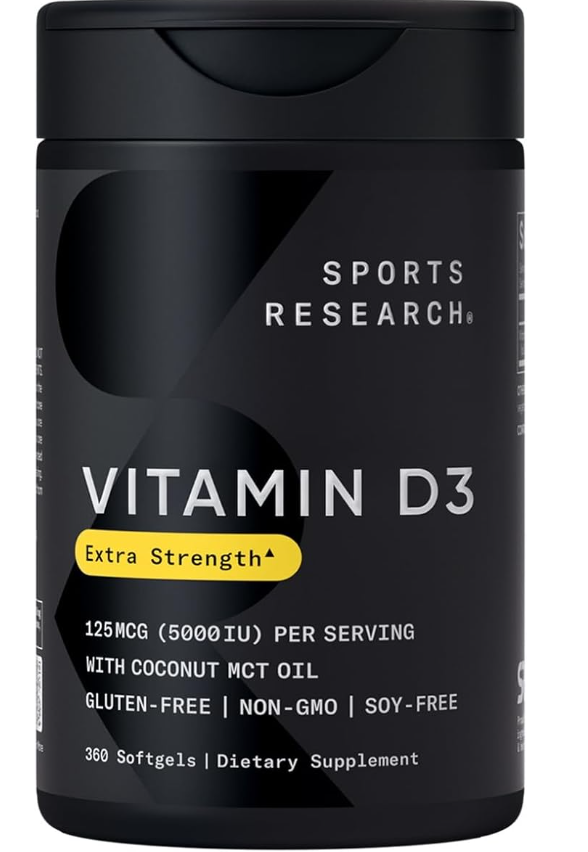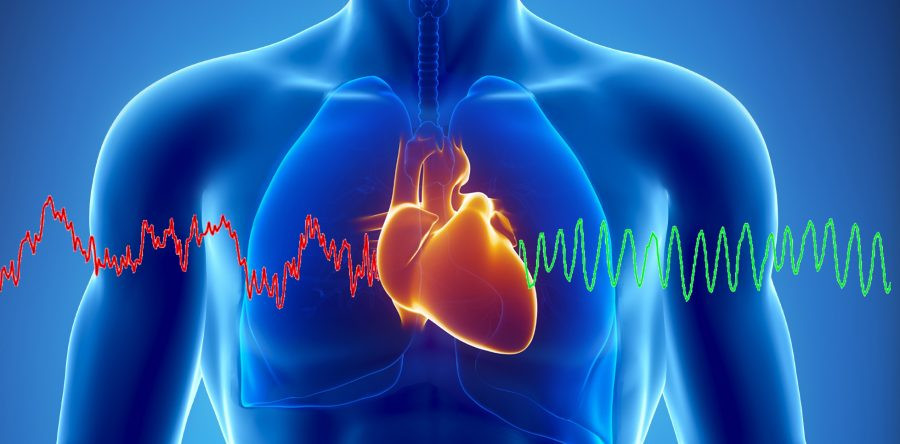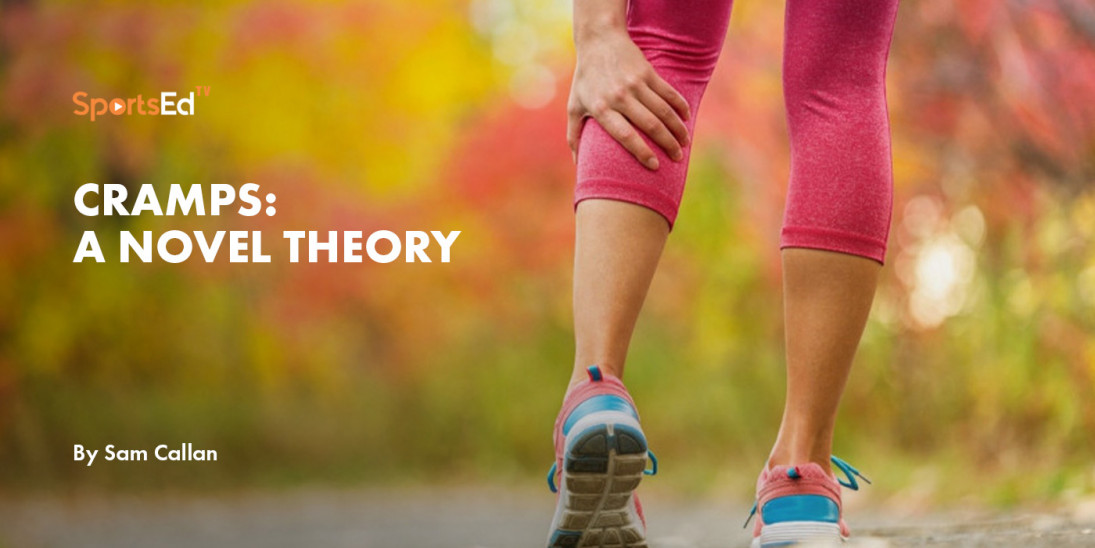Health, Nutrition
Welcome and thanks for visiting...

Vitamin D and Telomere Health: What the Latest Science Reveals About Aging
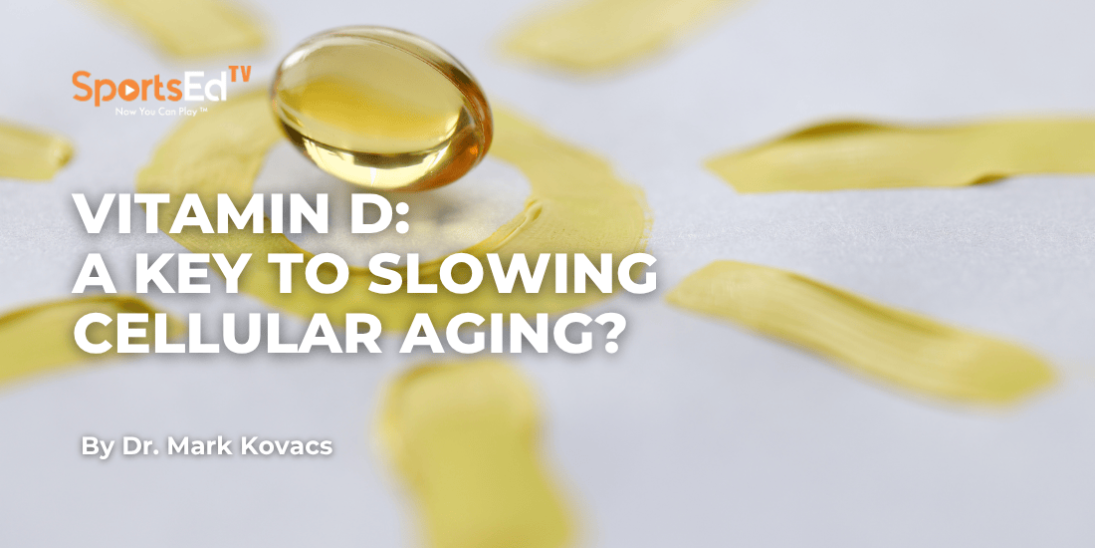
A new wave of research is uncovering how vitamin D may do more than support bone strength — it could actually slow down cellular aging. A sub-study from the major VITAL clinical trial has revealed that consistent vitamin D3 supplementation might help preserve the length of telomeres, one of the body’s most recognized biological aging markers.
The Study: Vitamin D’s Role in Cellular Longevity
This finding stems from the VITAL (Vitamin D and Omega-3 Trial) study, a well-respected, multi-year clinical trial involving over 1,000 adults aged 50 and above. Participants were randomly assigned to receive 2,000 IU of vitamin D3 daily, omega-3 fatty acids, both, or a placebo over four years.
Researchers, including Dr. Haidong Zhu and colleagues, tracked the participants’ white blood cell (leukocyte) telomere length — a surrogate for biological aging — at the two-year and four-year marks.

Key Outcomes
The results showed that individuals supplementing with vitamin D3 experienced notably slower telomere attrition compared to those on the placebo. The data translated into an estimated biological age difference of nearly three years in favor of those taking vitamin D.
Interestingly, the benefits were more pronounced in specific subgroups:
-
Adults who were not obese
-
Non-white participants
-
Individuals not on statin medications
Omega-3 supplementation, in contrast, did not significantly impact telomere length in this study.

Why Might Vitamin D Support Telomere Maintenance?
While more investigation is needed, several biological mechanisms may explain the observed benefits:
-
Antioxidant Action: Vitamin D may enhance antioxidant pathways and reduce inflammation, two key factors that contribute to telomere shortening.
-
Telomerase Activation: Preliminary evidence suggests vitamin D may influence the enzyme telomerase, which helps rebuild telomeres in some cells.
-
Enhanced Mitochondrial Health: By supporting mitochondrial function, vitamin D may help cells resist early deterioration and stress-related aging.
These combined effects may help protect DNA over time and support healthier aging at a cellular level.
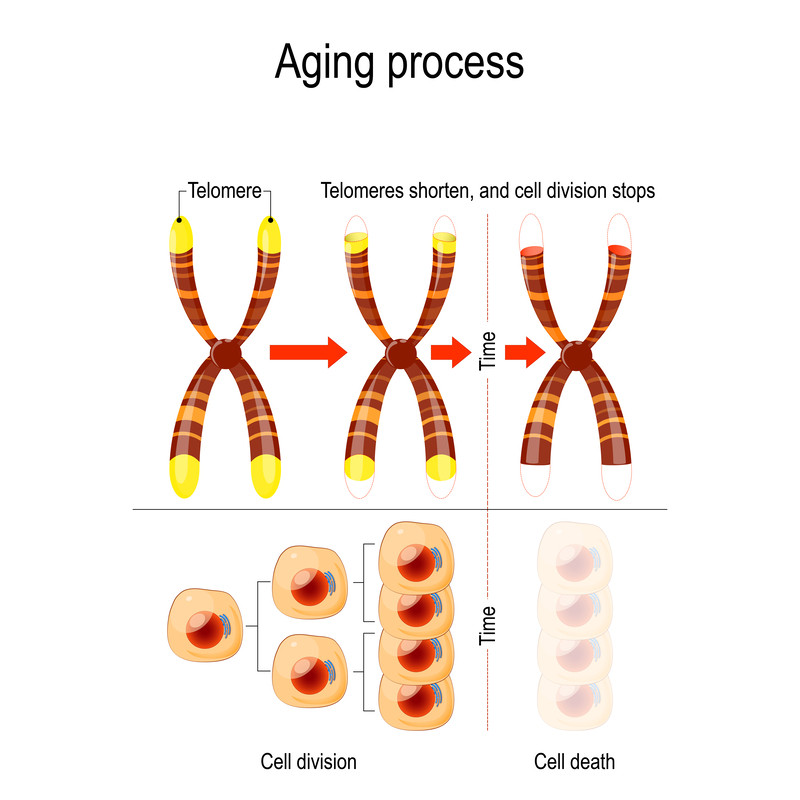
Interpreting the Evidence: What to Keep in Mind
Despite these promising results, a few important limitations should be acknowledged:
-
Exploratory Focus: The telomere analysis was a secondary outcome within the broader VITAL trial, not the primary endpoint.
-
Demographic Scope: The majority of participants were older adults, with limited representation from younger or high-risk populations.
-
Vitamin D Status at Baseline: Not all individuals were vitamin D deficient at the start of the study, which may have influenced their response.
In short, this research is highly encouraging but should be viewed as part of a broader pattern of evidence, rather than definitive on its own.
How Much Vitamin D Is Safe? Setting Boundaries
Because vitamin D is fat-soluble, excess intake can accumulate and cause complications such as kidney strain, calcium buildup, or abnormal heart rhythms.
According to the Institute of Medicine, the safe upper limit for daily intake is 4,000 IU for adults. The VITAL study used 2,000 IU/day, a dosage widely viewed as safe for most individuals under medical supervision.
Best Practice: Have your vitamin D levels tested. Blood levels of 25(OH)D should generally fall between 30–50 ng/mL. In high performers, we often see optimal ranges slightly above this, depending on individual needs.
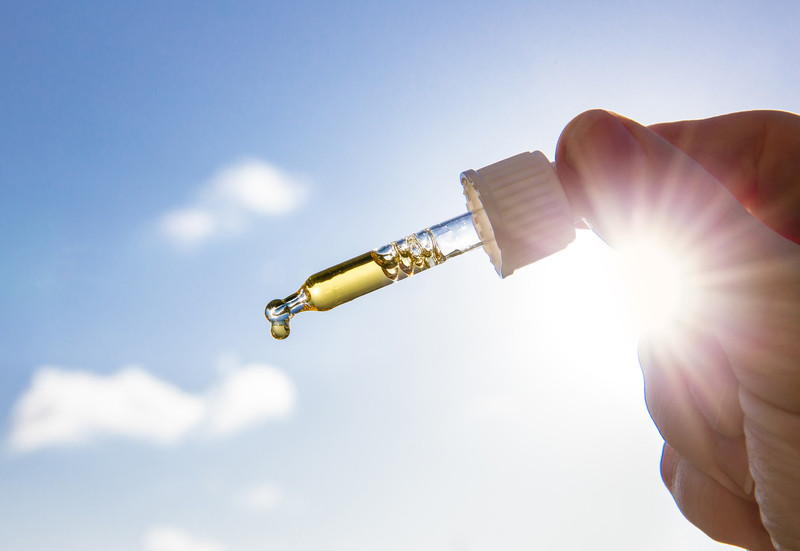
Who Stands to Gain the Most?
Personalizing vitamin D intake could lead to greater long-term benefits. These groups may experience the most potent effects:
-
Individuals with darker skin tones, due to reduced natural vitamin D synthesis
-
Older adults, whose skin produces less vitamin D over time
-
People living at higher latitudes or with minimal sun exposure
-
Leaner individuals, who metabolize vitamin D more efficiently
-
Those not taking statins, which may interfere with vitamin D’s pathways
This research points to a future where supplementation is no longer one-size-fits-all. At the Kovacs Institute, we’ve been tailoring these recommendations for years, especially for elite athletes. Today’s advancements are helping us scale these strategies to more people, more effectively.
A DURABILITY Lens: Connecting Science to Performance
At the Kovacs Institute, we define Durability as the capacity to perform at a high level — physically, mentally, and emotionally — for extended periods without breakdown. It’s not just about aging slowly. It’s about staying sharp, strong, and capable at every stage of life.
We include telomere analysis as part of our broader performance biomarker assessments for elite athletes and high-level executives. For us, vitamin D has long been part of a "compounded wellness" approach: layering small, evidence-based habits to drive meaningful long-term results.
Applying the Science: What You Can Do Today
You don’t have to be an elite performer to act on this research. Here are five practical ways to start:
-
Test Your Levels: Ask your doctor to check your 25(OH)D blood levels. Use that data to guide your next steps.
-
Smart Supplementation: If you’re low, adding 1,000–2,000 IU/day of vitamin D3 is a safe, effective strategy. Avoid megadoses unless prescribed.
-
Sun Exposure: Aim for 15–30 minutes of midday sunlight several times a week—without sunscreen—for natural vitamin D synthesis.
-
Eat Strategically: Include vitamin D-rich foods like wild-caught salmon, pastured egg yolks, mushrooms, and fortified dairy products.
-
Track Progress: Recheck your levels every 3–6 months. Watch for improvements not just in D levels, but in inflammation, energy, and recovery.
Looking Ahead: The Future of Nutrient-Driven Longevity
If replicated in larger and more diverse populations, this research could shift how we approach preventive health for aging adults. We’re entering an era where nutritional strategies meet molecular diagnostics, allowing us to move from generic recommendations to precision wellness.
For now, the takeaway is clear: vitamin D is about much more than bones. It may be a powerful ally in preserving the vitality of your cells, especially when approached with balance, strategy, and science on your side.

Final Thoughts
Building Lifestyle Durability doesn’t happen by accident. It’s the result of consistent, informed choices made over time. This new telomere research is another reminder that aging well is possible — and that simple actions, such as optimizing vitamin D, may have significant, long-term benefits.
Whether you're an athlete, executive, or just focused on living better, the goal is the same: be durable. Be your strongest, longest-lasting self.
We’re here to help you get there.
References
https://ajcn.nutrition.org/article/S0002-9165(25)00255-2/abstract
Zhu H, Manson JE, Cook NR, Bekele BB, Chen L, Kane KJ, Huang Y, Li W, Christen W, Lee IM, Dong Y. Vitamin D3 and marine ω-3 fatty acids supplementation and leukocyte telomere length: 4-year findings from the VITamin D and OmegA-3 TriaL (VITAL) randomized controlled trial. Am J Clin Nutr. 2025 May 21:S0002-9165(25)00255-2. doi: 10.1016/j.ajcnut.2025.05.003. Epub ahead of print. PMID: 40409468.


